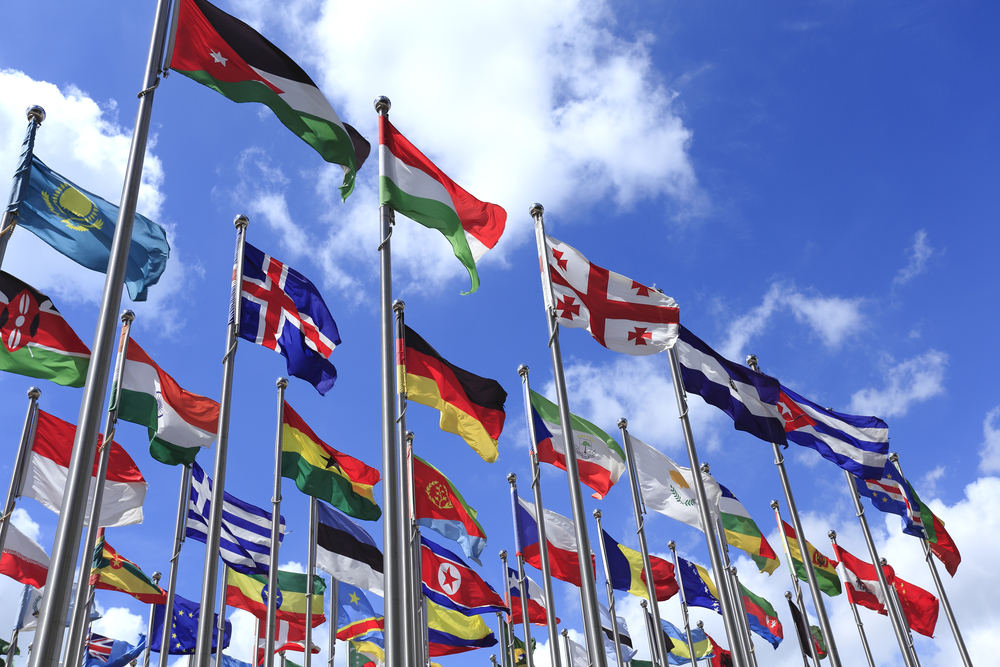Breaking
United Nations condemns albino murders in Malawi, Tanzania
BLANTYRE, Malawi — The United Nations human rights chief said there has been a sharp increase this year in attacks on albinos in East Africa, especially in Malawi and Tanzania, calling the attacks “stunningly vicious.”
“As a result, many people with albinism are living in abject fear. Some no longer dare to go outside, and children with albinism have stopped attending school,” High Commissioner for Human Rights Zeid Ra’ad Al Hussein said in a statement.
Albinos are sometimes kidnapped and killed, fuelled by beliefs that their body parts will bring luck.
In January, an 11-year-old was kidnapped by her uncle in Malawi, who said he was promised ,500 for her body, the U.
N. commission said. In the same month, two more albino children were kidnapped and the dismembered body of a 68-year-old woman was found, the U.N. said.
Six incidents have been reported by the U.
N. in Malawi in 2015, compared to only four in the previous two years. The Association of Persons with Albinism in Malawi estimates more albinos have been targeted. The association has recorded 11 attacks in Malawi since December 2014.
“Six of the abducted victims were killed while others either escaped or were rescued,” the association’s executive director, Boniface Massa, said Wednesday.
Eight attacks have been recorded in Tanzania since August 2014, the commission reported. Last year, Tanzanian authorities outlawed practices that used albino body parts, making it a crime punishable by death. The country also tried to separate albino children for their own safety, a practice criticized by the U.N.
Malawian police have arrested at least six people for targeting albinos, spokeswoman Marble Nsefula said. Four people have been convicted in Tanzania, said the U.N.
The human rights chief also expressed concern over Burundi, where 19 albinos have been killed since 2008.
Albinism is a genetic condition by which people are born with little or no pigment in their skin and eyes. While one in 20,000 people in the Europe and North America have the condition, one out of every 1,400 people have it in East Africa, according to Canadian charity, Under The Same Sun.
.net/wp-admin/post-new.php






















